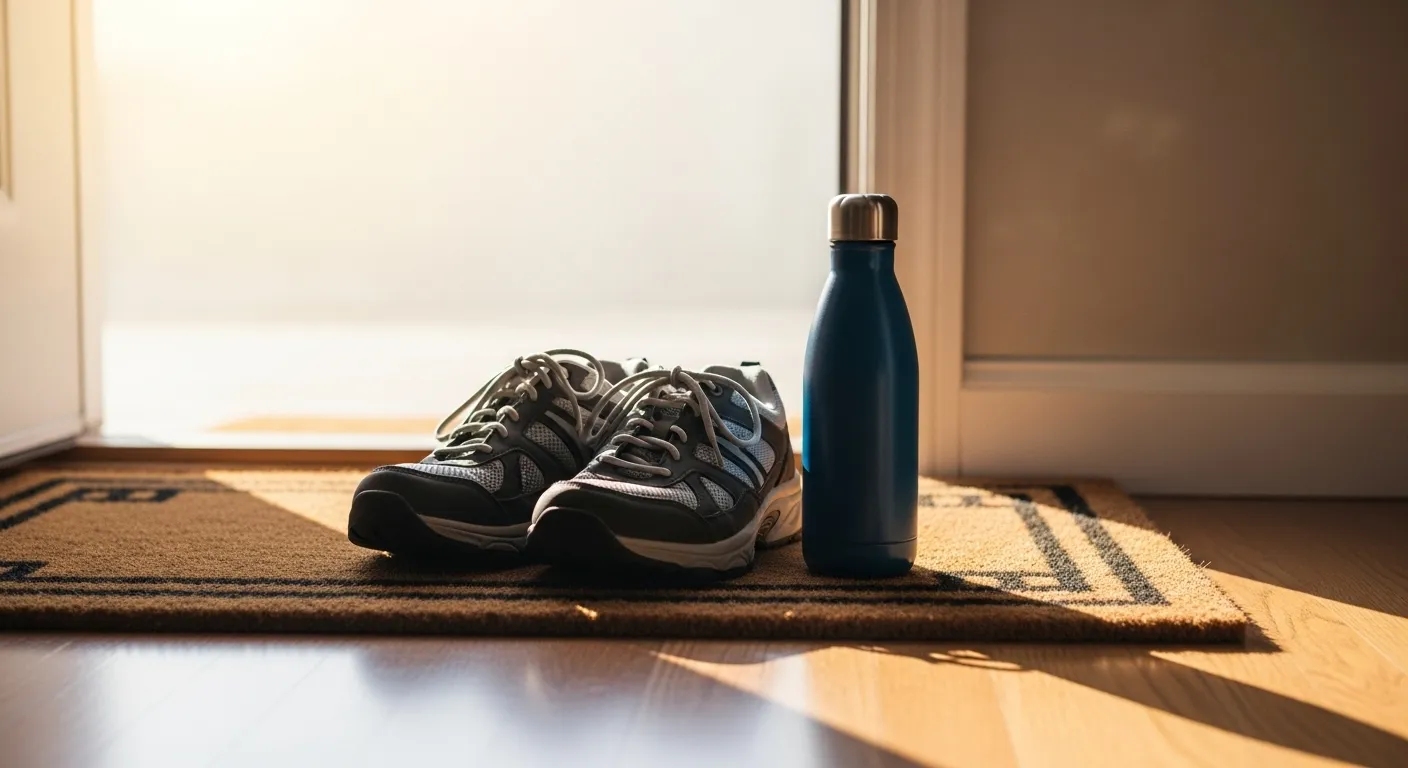
A Step-by-Step Guide to Walking Safely
Starting a new walking routine is exciting, but it is essential to approach it with a focus on safety and sustainability. This guide will help you begin your journey on the right foot.
Step 1: Always Consult Your Doctor First
Before you begin any new exercise program, including walking, it is crucial to speak with your doctor. They can assess your overall health, discuss any chronic conditions like heart disease or arthritis, and advise you on a safe starting point and pace. Your doctor can help you set realistic goals that are right for your individual circumstances.
Step 2: Invest in the Right Gear
You do not need expensive equipment, but a few key items will make your walks safer and more comfortable.
- Proper Footwear: This is your most important investment. Look for walking shoes that provide good arch support, have a cushioned sole to absorb impact, and offer a snug but not tight fit. Your heel should not slip when you walk. Go to a specialty shoe store where staff can help you find the perfect fit.
- Comfortable Clothing: Wear loose-fitting, breathable fabrics that allow you to move freely. Dress in layers so you can adjust to changing temperatures.
- Visibility: If you walk early in the morning or in the evening, wear bright colors or reflective clothing so that drivers can easily see you.
Step 3: Master Your Walking Form
Good posture can prevent strain and help you get the most out of your walk.
- Walk Tall: Keep your head up, looking forward, not at the ground. Your neck, shoulders, and back should be relaxed.
- Swing Your Arms: Bend your elbows at a 90-degree angle and swing your arms freely from your shoulders. This helps propel you forward and adds intensity.
- Engage Your Core: Gently tighten your abdominal muscles to support your spine.
- Heel-to-Toe: Strike the ground with your heel first, then roll through your foot to push off from your toes.
Step 4: Choose a Safe Environment
Where you walk matters. Look for locations that are safe and enjoyable.
- Smooth, Even Surfaces: A school track, a well-maintained park path, or an indoor shopping mall are excellent options to minimize the risk of tripping.
- Well-Lit Areas: Always walk in areas with good lighting, especially if visibility is low.
- Be Aware of Your Surroundings: Pay attention to traffic, cyclists, uneven sidewalks, and other potential hazards. It is often safer to walk with a friend.
Step 5: Warm Up and Cool Down
Never start a walk “cold.” A 5-minute warm-up prepares your muscles for activity. Try marching in place or walking slowly to start. After your walk, a 5-minute cool-down, followed by gentle stretching, helps prevent muscle soreness and improves flexibility. Hold each stretch for 20-30 seconds without bouncing.















